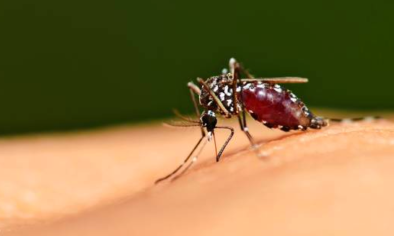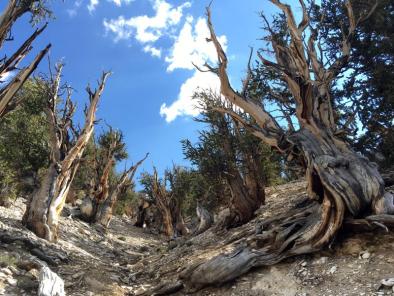Science Source
Increasing phenological asynchrony between spring green-up and arrival of migratory birds
It's like 'Silent Spring,' but with a more elusive culprit. We're seeing spring-like conditions well before birds arrive. The growing mismatch means fewer birds are likely to survive, reproduce and return the following year. These are birds people are used to seeing and hearing in their backyards. They're part of the American landscape, part of our psyche. To imagine a future where they're much less common would be a real loss.
Stephen Mayor, a postdoctoral researcher with the Florida Museum of Natural History at the University of Florida and first author of the study
- States that birds are shifting the timing of their migrations, but it remains unclear to what extent these shifts have kept pace with the changing environment
- Combines satellite and citizen science data to estimate rates of change in phenological interval between spring green-up and migratory arrival for 48 breeding passerine species across North America
- Finds that both arrival and green-up changed over time, usually in the same direction (earlier or later)
- Finds that although birds adjusted their arrival dates, 9 of 48 species did not keep pace with rapidly changing green-up and across all species the interval between arrival and green-up increased by over half a day per year
- Finds that as green-up became earlier in the east, arrival of eastern breeding species increasingly lagged behind green-up, whereas in the west—where green-up typically became later—birds arrived increasingly earlier relative to green-up
- Results highlight that phenologies of species and trophic levels can shift at different rates, potentially leading to phenological mismatches with negative fitness consequences
Related Content
Headline

Nov 1, 2017 | Independent.ie
Malaria mosquito species found in Ireland
Headline
Sep 21, 2017 | Thomson Reuters Foundation
Iceland reaps riches from warming oceans as fish swim north
Science Source
| Global Change Biology
Leap‐frog in slow‐motion: divergent responses of tree species and life stages to climatic warming in Great Basin sub‐alpine forests
Smithers, Brian V., North et al
Headline

Sep 14, 2017 | AP News
Scientists: Future of oldest tree species on Earth in peril


